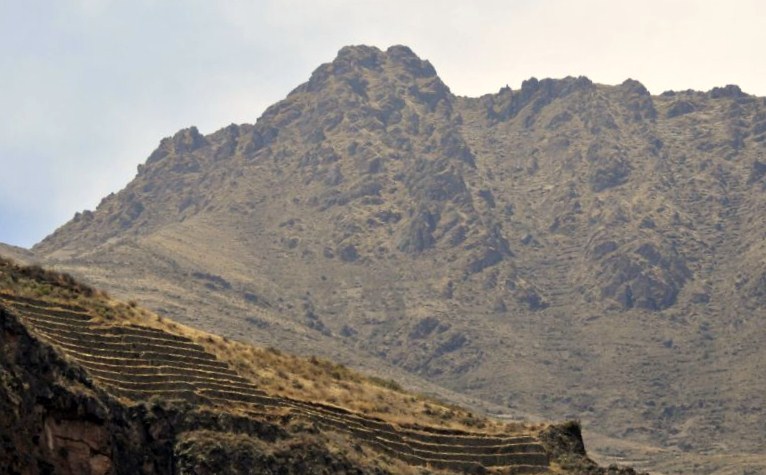Pisac Ruins

|
Písac Ruins
The area is famous for its, Inca Písac, which lie atop the hill at the entrance to the valley. The ruins are separated along the ridge into four groups: Pisaqa, Intihuatana, Q'allaqasa, and Kinchiracay. Intihuatana includes a number of bathes and temples. The Temple of the Sun, a volcanic outcrop carved into a "hitching post" for the Sun (or Inti), is the focus, and the angles of its base suggest that it served some astronomical function. Q'allaqasa, which is built onto a natural spur and overlooks the valley, is known as the citadel.
 The hillside is lined with agricultural terraces constructed by the Inca and still in use today. These terraces were created by hauling richer topsoil from the lower lands by hand. They enabled them to produce surplus food more than would normally be possible at altitudes as high as eleven thousand feet. With military, religious, and agricultural structures, the site served at least a triple purpose. Besides a country estate, it is thought that Písac defended the southern entrance to the Sacred Valley, while Choquequirao defended the western entrance and the fortress at Ollantaytambo the northern.

Inca Pisac controlled a route which connected the Inca Empire with the border of the rain forest. According to Kim MacQuarrie, Pachacuti erected a number of royal estates after he conquered other ethnic groups to remember the victories. Among these royal estates are Pisac (victory over the Cuyos), Ollantaytambo (victory over the Tambos) and Machu Picchu (conquest of the Vilcabamba Valley). Other historians suggest that Pisac was established in order to protect Cusco from possible attacks of the Antis nations. It is unknown when Inca Pisac was built. Since it does not appear to have been inhabited by any pre-Inca civilization, it was most likely built no earlier than 1440. It was distroyed by Pizarro and the Conquistadores in the early 1530’s. The modern town of Pisac was built by Viceroy Toledo down in the valley during the 1570’s.
 The narrow rows of terraces beneath the citadel are thought to represent the wing of a partridge (pisaca), from which the village and ruins get their name. The birds are also common in the area at dusk.
ALL IN ALL A CUTE TOWN WITH HISTORIC RUINS VERY RURAL |
